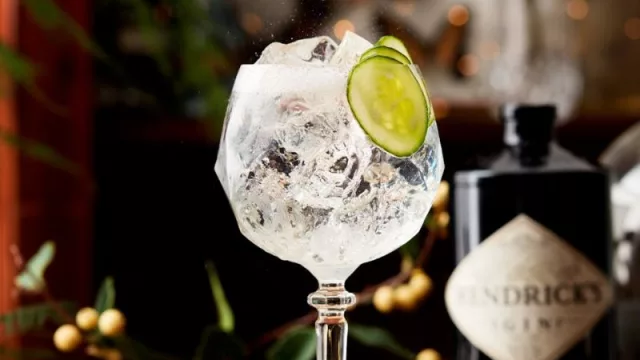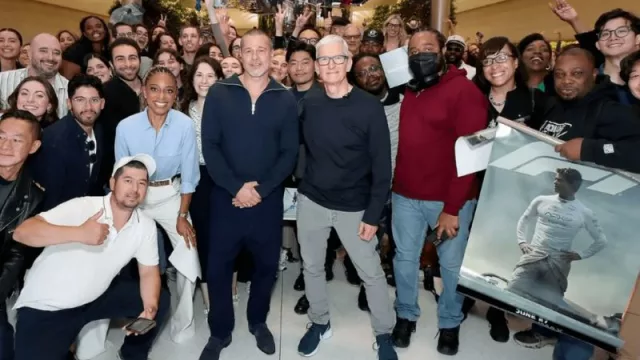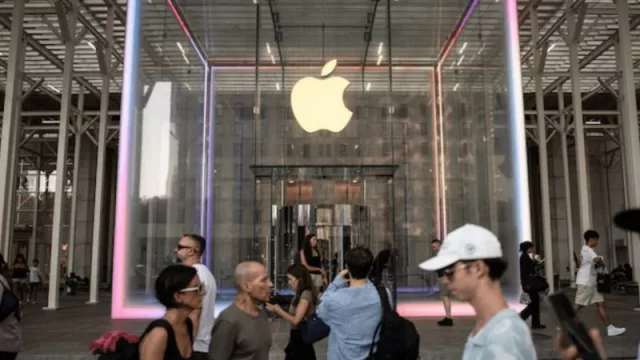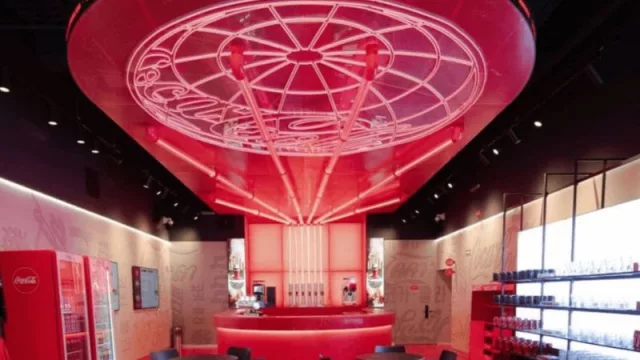In Miami, California, Argentina, and Chile, the growth of gin and tonic consumption exceeds 30% year-on-year, sustained since 2018. These markets have two strategic factors in common: they are strong in the production of wines, beers, and spirits in general, and Spain, which ranks in the top three for gin and tonic consumption worldwide, has enormous gastronomic influence in these areas.
The Philippines, the United States, and Spain are the main consumers of gin & tonic worldwide, followed by Great Britain, India, the Netherlands, Germany, Canada, and Slovakia. Although there are a large number of new artisanal gin brands in Argentina, with excellent performance worldwide and many distinctions in international festivals, there is still a lack of diversity of tonic products in the market, despite its great development at the end of 2022, to accompany this growth. Although gin is literally booming in all corners of the country, it still needs a lot of push from the supply of tonics (especially cans and glass bottles) because the demand is not covered. In Chile, something very different is happening due to its coherent and balanced policy of import openness and, above all, tax consistency for export.
Miami has become a prominent place for gin and tonic lovers, where you can find more than 1,800 references and presentations of gin from imported and national brands (including crafts). Online vertical shopping stores can have more than 50 pages of gin in their catalog, and the gastronomic circuit already has a very competitive route where it is a classic to have the house gin and tonic.
A summary of the inseparable companion:
Tonic water is the precursor to gin and tonic, and today there are well-known brands of tonic water worldwide, such as Blue tonic, Fever-Tree, San Pellegrino, The Original Tonic, Fetimanss, Canada Dry, and from the southern countries, Tonic Water (Patagonia), Paso de los Toros. The drink was created in Geneva, Switzerland, by a German watchmaker named J.J. Scheppes, who launched the world's first carbonated lemon soda in 1835. The great acceptance of the products among the British nobility made them very fashionable. Also, the Englishman William Cunnington, at the end of the 19th century, while in India for geological exploration, noticed that the locals had a special taste for quinine, a substance extracted from the bark of the quinine tree, which was used to combat malaria. Cunnington decided to experiment and mix quinine with carbonated water and sugar, thus creating tonic water.
The new gin boom
The rise of gin in recent years is due to a combination of factors, ranging from a greater appreciation for classic cocktails to a greater awareness of the quality of ingredients used in the production of drinks.
Firstly, gin is a versatile liquor that lends itself to a wide variety of combinations and preparations. The wide range of flavors and aromas that can be found in different gin brands offers a variety of options for creating complex and surprising cocktails. In addition, the trend towards artisanal and local products has led to an increase in the production of gins from small distilleries that offer unique and distinctive flavors.
Another important factor that has driven the rise of gin is the trend towards a healthier and more ingredient-conscious lifestyle. Consumers are looking for drinks with fewer calories and less sugar, and gin lends itself to this trend, as it is made with natural ingredients such as juniper and other botanicals. Additionally, the presence of natural ingredients and botanicals in the production of gin makes it seem like a healthier and more natural drink.
The growing interest in classic cocktails has also contributed to the increase in gin consumption. Cocktails such as the Gin and Tonic and the Negroni, which historically have been made with gin, have become favorites of the new generation of alcohol beverage consumers. The distinctive flavor and versatility of gin make it perfect for creating both classic and modern cocktails.
Finally, marketing and advertising have also played an important role in the increase in gin consumption. Gin brands have been able to adapt to current trends and have developed advertising campaigns that connect with younger consumers. Through social media and digital marketing, gin brands have created a modern and sophisticated image that appeals to consumers seeking unique and different experiences.
The Power of Gin Brands in Florida in Anglolatina
The gin market has experienced significant growth in recent years. There are many different gin brands on the market, each with its own unique flavor and style. When it comes to the best gin in the USA, there are some brands that stand out for their quality, flavor, and popularity.
One of the most popular and recognized gins in the USA is Tanqueray. This brand is known for its fresh and dry taste, with a touch of juniper and citrus. It is a versatile gin that can be enjoyed straight or in a variety of cocktails. Another gin that has gained popularity in recent years is Hendrick's Gin, known for its floral flavor and notes of cucumber. This brand has won several awards and is considered one of the best on the market.
In Florida, a gin brand that has gained popularity in recent years is St. Augustine Gin. This gin is produced in St. Augustine, Florida, and uses a combination of local and traditional botanicals to create its distinctive flavor. Another popular gin in Florida is Big Cypress Gin, which is produced in Winter Park and is characterized by its smooth and herbaceous taste.
In addition to these brands, there are also other gins that have gained popularity in the US market. For example, Beefeater, Bombay Sapphire, and Seagram's are globally recognized brands that also have a strong presence in the gin market in the United States.
In terms of consumption, gin has become a popular drink in bars and restaurants across the country. Consumers appreciate the versatility of gin, as it can be enjoyed straight or in a variety of classic and modern cocktails. The gin and tonic, negroni, and martini are some of the most popular cocktails that include gin. Gin is a versatile and popular drink that can be enjoyed in a variety of classic and modern cocktails.
According to the beverage specialized website Vine Pair, the best gin brands, by quality, flavor, and ingredients, to create the drink are:
-
Beefeater London Dry Gin
-
Caorunn Highland Strength Scottish Gin
-
Fords Gin
-
Gin Mare Mediterranean Gin
-
Greenhook Ginsmiths American Dry Gin
-
Hendrick's Gin
-
Junipero Gin
-
Nikka Coffey Gin
-
Poli Marconi 42 Mediterranean Style Gin
-
Sipsmith London Dry Gin
-
St. George Spirits Terroir Gin
-
Stray Dog Wild Gin
-
Tanqueray London Dry Gin
-
The Botanist Islay Dry Gin
-
Xoriguer Mahón Gin
Whichever the choice may be, the Gin & Tonic continues to create its own universe of possibilities, a powerful.












Tu opinión enriquece este artículo: